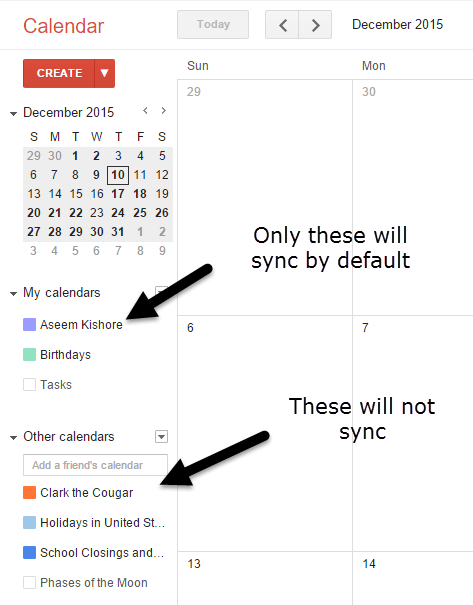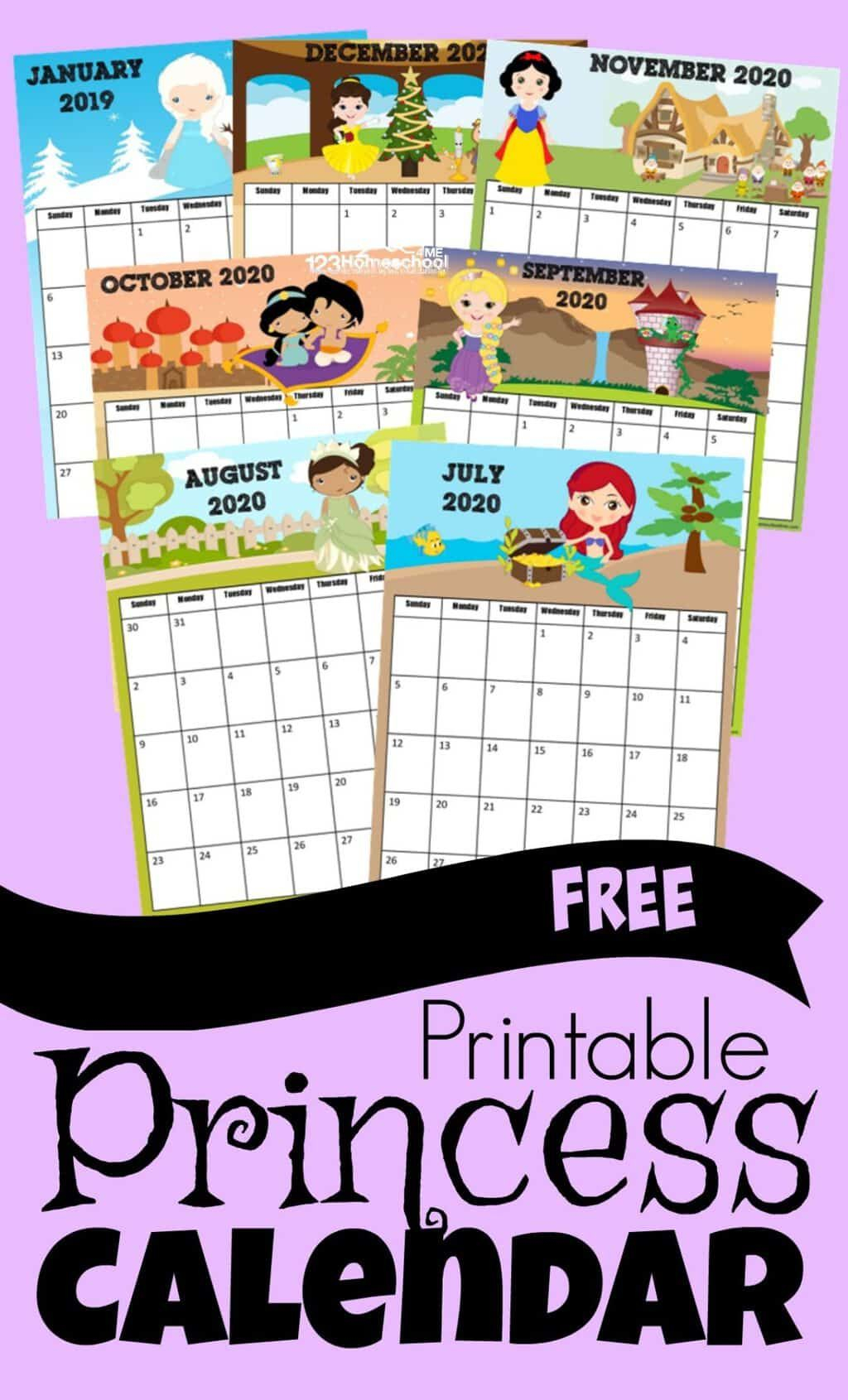

- #WHY IS MY OUTLOOK CALENDAR NOT SYNCING WITH ICLOUD HOW TO#
- #WHY IS MY OUTLOOK CALENDAR NOT SYNCING WITH ICLOUD INSTALL#
- #WHY IS MY OUTLOOK CALENDAR NOT SYNCING WITH ICLOUD CODE#
On the next screen, fill out your Email, Domain, Username, Password, and Description. Next, click on “Add account” and select “Exchange”. On your iPhone screen, click “Settings”. Set up your Outlook account using Exchange. iPhone syncs with Exchange through the ActiveSync protocol. This option is applicable if you have Microsoft Exchange (2003, 2007, 2010) set up at your company, and powering Outlook. Syncing With Microsoft Exchange or Other Enterprise Message Server 
The cloud service from Apple can synchronize data with multiple platforms, unfortunately, it is not always easy to use and many users have reported errors concerning proper detection of the devices and synchronization issues. Go to iCloud. Log-in, click on the gear located in the upper right corner to access the preferences.HyperOffice also includes support for a wide range of other device, and allows you to sync Outlook with devices like BlackBerry, Android, Nokia, etc.

You are not tethered to a single computer, and your information is synched wirelessly over the air in real time even when you are traveling.
#WHY IS MY OUTLOOK CALENDAR NOT SYNCING WITH ICLOUD INSTALL#
There is no need to install any dedicated servers or software. Here are some of the benefits of syncing in this fashion: In the new server field enter and hit next and select the services (Mail, Contacts, Calendars) you wish to sync. Enter HyperOffice email address and the password. Tap “Add Account” & select Microsoft Exchange as the type of account. First you click on “Settings” on your iPhone and scroll down & tap “Mail, Contacts, Calendars”. Once HyperOffice is set up, you now need to set up your iPhone. On the next screen, select data items to sync. #WHY IS MY OUTLOOK CALENDAR NOT SYNCING WITH ICLOUD CODE#
Next, enter the code received on your mobile device and click “Verify”. Click “Setup Phone”, and select the manufacturer, model and carrier of the phone and enter the phone number. Go to the “Settings” tab, and then “Mobile Sync”. Set up synching between HyperOffice and Outlook using the HyperShare add-in. Sign up online for HyperOffice and log in. HyperOffice is a cloud based service that syncs with both Outlook and iPhone, and acts as a bridge that allows bi-directional sync between Outlook and your iPhone. HyperOffice is recommended for groups, not individuals, and the smallest plan is for 5 users. It’s only a one-way sync, meaning your Outlook information will appear on your iPhone, but not vice versa. You need to connect your iPhone to your computer every time you need to sync. Seems easy enough, but this method does have a few pitfalls. Finally, click the “sync” button, and there you have it. Below is a screen shot of what this step looks like. Next, select “Outlook” from the “sync contacts with:” and “sync calendars with:” drop down. If it doesn’t, you may manually open it by clicking on the iTunes icon. Make sure the iTunes plugin is enabled in Outlook. You can also check out our course on mastering your iPhone if you want even more tips to help simply your life with the use of this device.Īssuming you are an iTunes user, this is the easiest way to sync up Outlook with your iPhone. #WHY IS MY OUTLOOK CALENDAR NOT SYNCING WITH ICLOUD HOW TO#
There are several methods to synchronize the two and below are the step by step processes of how to do this and hopefully simplify your life just a bit. If you’re interested in syncing your Outlook calendar with your iPhone, you’ve come to the right place. This allows them to access their calendars anywhere and at anytime. Because these busy Outlook users can’t always carry their computer around wherever they go, they sometimes need to synchronize their Outlook calendars with their more mobile devices, specifically their iPhones. Microsoft Outlook helps keep people organized by acting as a task manager, contact manager, journal, note taker, sender of emails and, as we will discuss today, a calendar.







 0 kommentar(er)
0 kommentar(er)
